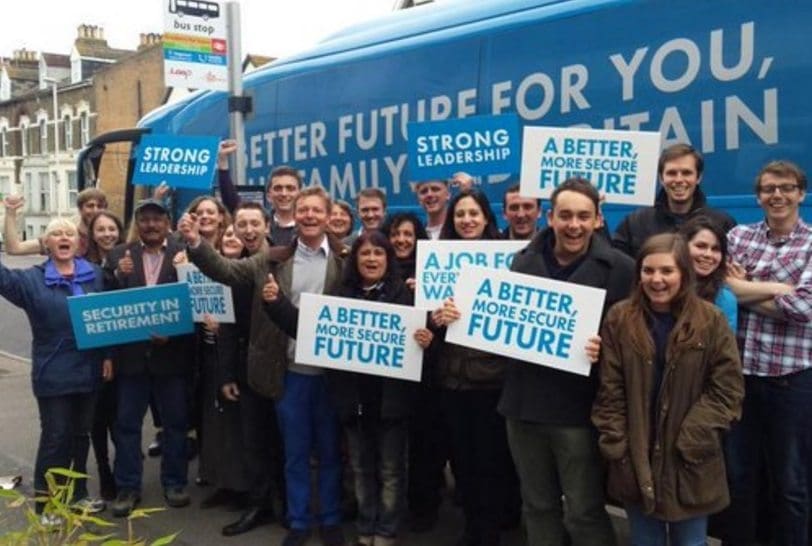Since the Conservative party came to power in 2010, there’s been a worrying trend in England’s hospitals. Patients have been waiting longer and longer for treatment, and this appears to be directly related to government policy.
Figures from NHS England show that during March 2016, 53,641 patients waited more than four hours on hospital trolleys. Compared to figures from a year before, this number was up by 22,873. In 2011, the number was only 8,602.
There is also a trend when we look at patients who had to wait for over 12 hours. In March 2016, there were 350 such patients, a number which had shot up from 54 in 2015 and only one back in 2011.
Why is this happening?
When questioned on these figures, a Department of Health spokesman said:
We have invested £10billion to fund the NHS’s own plan to transform services in the future.
But this is simply the government’s go-to propaganda line.
The reality is that an official report in 2014 saw NHS England ask for £30bn, around half of which its CEO thought could be found through “efficiency savings” (i.e. cuts). It argued that there would need to be “in the range of £8-21bn real terms annual growth by 2020”. In other words, the Conservative party opted for the low end of this range, leaving NHS England to find the rest of the money needed through cuts.
In response to the most recent numbers on skyrocketing NHS England waiting times, Shadow Health Minister Justin Madders insisted:
These figures show an NHS in complete and utter meltdown… [But Health Secretary] Jeremy Hunt appears to live in a parallel universe, in which everything in the NHS gets better and nothing ever goes wrong.
According to The Mirror, over 13,000 hospital beds have been lost since the Conservatives came to power in 2010, while understaffing is on the rise and hospital trusts have revealed “record end-of-year deficits” of around £2.5bn.
UNISON’s Head of Health, Christina McAnea, summarises the four big factors causing increased waiting times in NHS England as:
- Cuts to funding
- Unnecessary reforms
- Ongoing staff shortages
- Increased pressure on A&E and ambulance workers
She insists:
Targets for A&E admissions, waiting times, and cancer diagnosis are all routinely being missed by trusts because of a severe lack of cash.
The ‘biggest funding squeeze’ ever in the NHS
Since 2010, Chancellor George Osborne has tried to cut NHS funds without making a lot of noise about it, causing in the health service what GP and author Youssef El Gingihy has called:
the biggest funding squeeze since its inception
Many health workers also feel that the Tories neither value nor listen to them – a matter made worse by Jeremy Hunt’s shambolic handling of the junior doctor dispute. The Health and Social Care Act, meanwhile, has effectively abolished government responsibility for the NHS, opening it up to more and more privatisation – on top of what’s already being hemorrhaged into private pockets through the Private Finance Initiative.
The Conservative party is slowly selling the NHS off to its powerful corporate friends rather than saving it for the benefit of future generations. The worsening figures since Cameron and his colleagues took power are just part and parcel of this process. But this trend can be resisted.
Get involved!
– Join Keep Our NHS Public (KONP).
– Support the campaign to prevent the Transatlantic Trade and Investment Partnership (TTIP).
– Assist 38degrees in its campaign to mobilise support for public healthcare.
– See the six steps that need to be taken to save the NHS here.
– See other articles at The Canary on the NHS.
Featured image via Wikimedia Commons and Harry Metcalfe/Wikimedia Commons


















